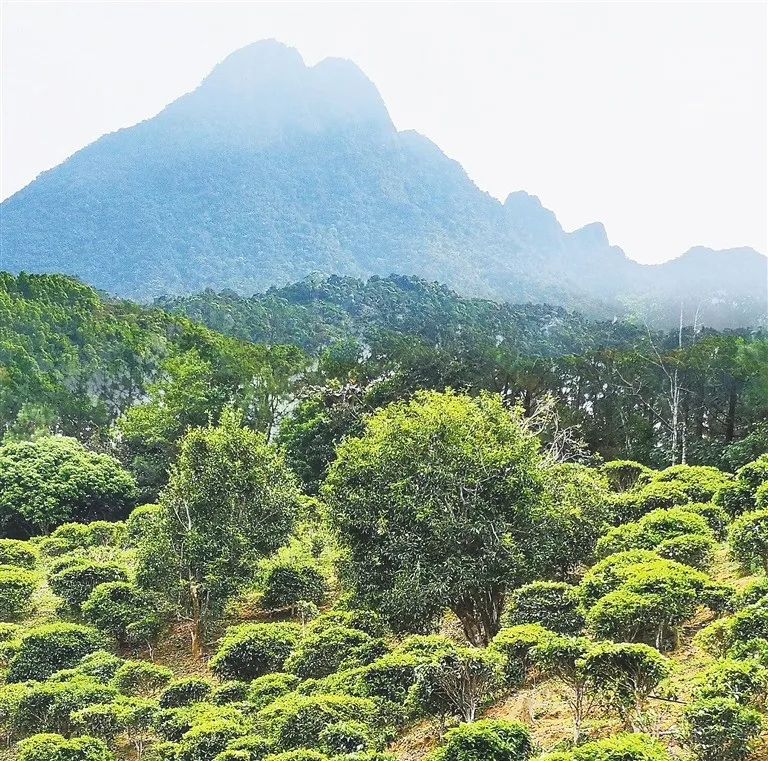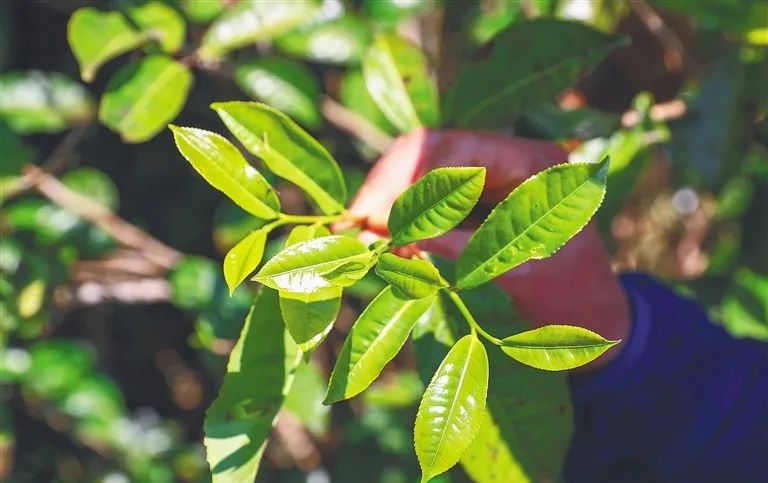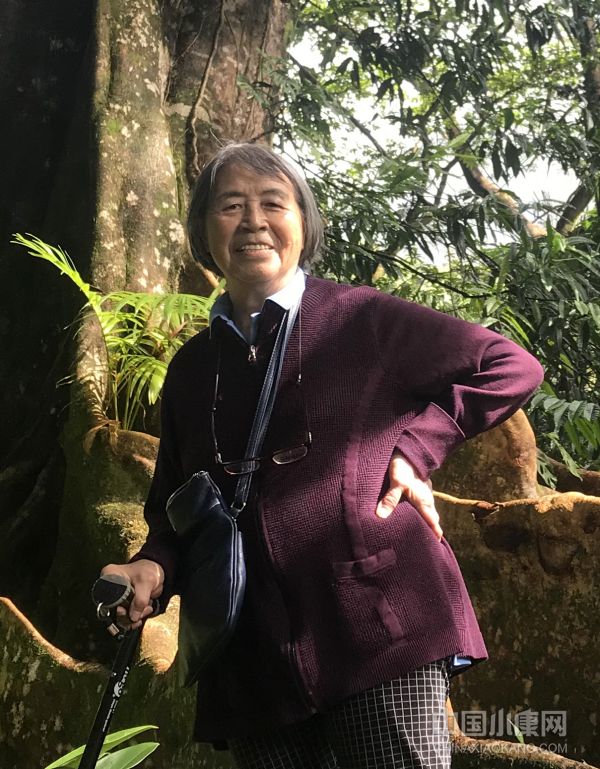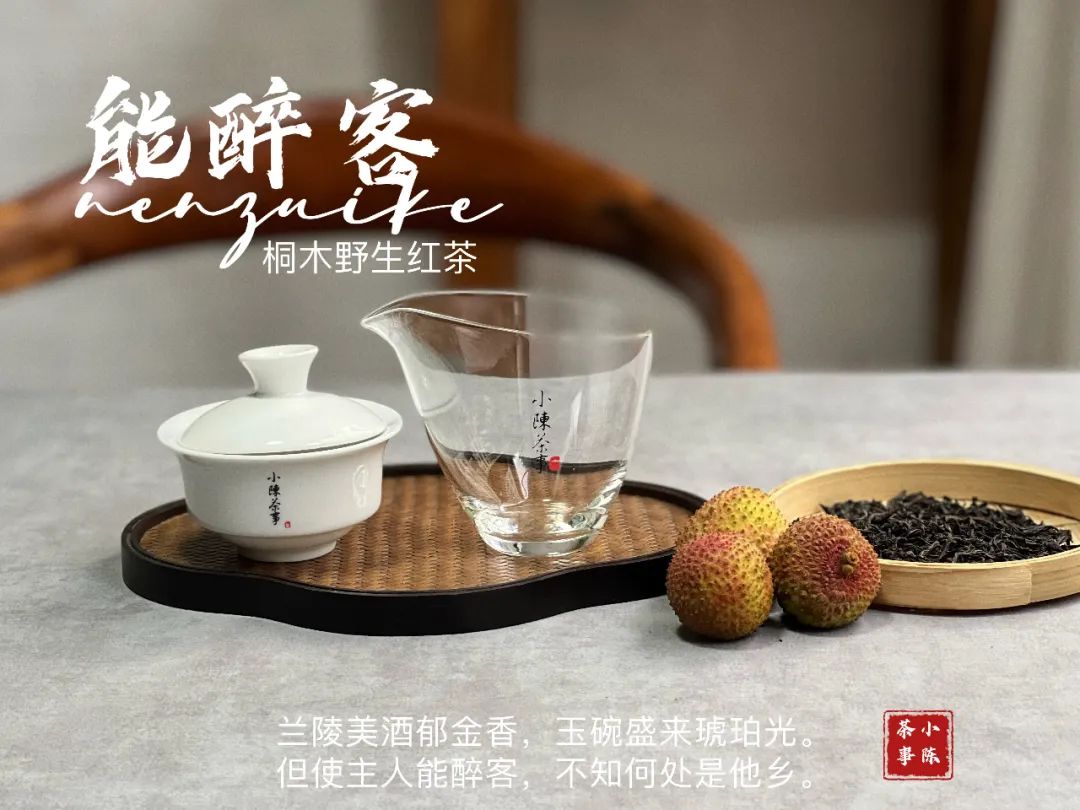Rolls and Tibetan Tea Shadow | Ancient Tea Tree in Hainan Island in the Literature
Author:Hainan Free Trade Port Time:2022.08.01

You may not be imagined that in the depths of forest areas such as Wuxi Mountain, Piaoge Ridge, Limu Mountain, Limu Mountain, Dafengling, Bawang Ridge, and Dangluo Mountain in Hainan Tropical Rain Forest National Park, there are many wild ancient tea trees. For such a comprehensive survey of carpet -based surveys of natural resources, we cannot know their specific distribution areas and exact quantities.
Since ancient times, the ancestors of Hainan Island, especially the Li people, have been using ancient tea trees around them. However, for various reasons, the ancient tea tree resources in Hainan are hidden in the deep boudoir. Although they are small in history, they are little known at the moment and their utilization level is also low. Looking at the domestic Fujian, Yunnan, Zhejiang and other places, the protection and utilization of ancient tea trees and the considerable economic benefits brought to the local area can be provided with the reference of Hainan's stones.
"The island's unmanned tea -breed tea, and the tea that usually drinks is mostly raised. The tea produced on the island is all from wild tea trees, and the method is crowded and the color is not good. The most famous tea is the five -finger mountains and rivers It is produced by Manchu, the tree is huge, and the smell of tea made is still clear. "From 1930, the" Hainan Island "printed in Shanghai in 1933 can not only know the summary of the wild ancient tea tree on Hainan Island 90 years ago , Can also understand the quality and export of tea made by Hainan at that time.
The tea tree grows slowly, and it takes 100 years to grow as fast as the bowl mouth. "The trees are huge", which is a tea tree surrounded by adults. It can be imagined for a long time.


★ Tea picking
How did the ancestors of Hainan find ancient tea trees and pick tea? The "Ding'an County Chronicle" in the late Qing Dynasty had a more specific description of this-
Ten days before and after the Qingming Festival, tea picking people will make groups in groups, and even form a team of more than a hundred people into the mountains to find tea, pick tea during the day, and sleep in the mountains at night. They judge their tenderness with the fragrance of the tea leaves, and then decide whether to go to picking: if the aroma smells in the morning, the tea is generally tender; the incense at noon, the tea leaves are not old or tender; Only three to five) smell the aroma, so the tea is already old.
"Ding'an County Chronicle" also introduced the characteristics of the four -seater of the county and the characteristics of the tea -made tea trees in the county.
Nan Lingling (Nanlu Ling in the south of today's Tunchang), the tea taste is sweet and sweet, so it is called "sweet tea", which can be comparable to Wuyi Mountain tea and can also remove the 疠 疠.
Sihe Ling (now Baima Ling, Qiongzhongli Miao Autonomous County), the taste of tea is sweeter than Nan Lingling.
Water Manchu (today Wuzhishan City Wuzhishan southern foot of Shuiman Township), tea "smells and fragrant, crowned the mountains, and it has been famous for a long time ... I can't get more today."
The simple water Manchi family also sent water Manchi to Zhou Yixi, Ding'anzhi County, who took office in 1816. But in the end of the Qing Dynasty, water full of tea was not available. It is conceivable that in the century, the wild ancient tea tree resources of Wuzhishan have decreased sharply. The reason is unknown. It is said that the county magistrate Zhou Yixi was a local official with a bad reputation. In the 6 years, he made a variety of names and strongly collected rental taxes.
The fourth mountain of Ding'an Tea is Guiling (now Mother Ruishan, the southern part of Ding'an County), and Chalin in Xianglin Temple in the mouth of Lingkou. However, there is no text record for the quality and characteristics of the tea of Guiling. It is estimated that the taste is average.
It is not difficult to find these four points on the map. It is not difficult to find that from Mother Ruishan to Nanlu Ling, to Baima Ling and Wuzhishan, they are connected to one piece, and the altitude is gradually rising. The better the taste.
★ Tucheng
Putting time back to the Ming Dynasty, today's people can see the situation where wild ancient tea trees are distributed in Hainan Island through various prefectures, state, and county regions.
According to Zhengde's "Qiongtai Zhi", Qiongshan (now Haikou), Chengmai, Lingao, Ding'an, Wenchang, and Tonghe Club (now Qionghai), Lizhou (some areas including Jinjiang), 10 states and counties including Wanzhou (now Wanning, Lingshui), Yazhou (now Sanya, Ledong) have natural wild tea trees distribution, including "Qiongshan, Wenchang, good". Boil water with dogwood, Xiong, star anise, and jasmine, and drink in the bowl. At that time, the poem of "Fujimu Evening Tea Blowing the End" poem describing this folklore scene.
The tea in Hainan Island was still "Tu Gong" who was sent to the Ming Dynasty. The so -called "Tu Gong" refers to the natives of local tribute to the court, which is different from high -end tributes such as agarwood and gold.
At the beginning of the Ming Dynasty, 10 tea -producing states and counties in Hainan had tribute tea (also written with tea, that is, the buds of tea) was 349 pounds, eight -two, leaf tea (generally two leaves below the bud) Eighty -three pounds of eighty -three pounds; during the Zhengde period (1506 to 1521), bud tea increased 143 pounds and eighty -two. These two numbers lasted until Wanli (1573 to 1620), almost a hundred years unchanged, namely 493 pounds of bud tea and 143 pounds of leaf tea. The price of tea is two dollars per catty (162) silver, which is almost three hundred years.
★ Tea making
"Local wild tea trees are mixed in other shrubs and are covered by white flowers in the shrub, but it still attracts our attention. This kind of tea tree appears in the wild jungle, which is enough to indicate that it is native (Indigenous). Local locally. People pick their leaves and take them to the market for sale. The number is not large. They call it 'Li Cha (Le Tea). " In 1882, the American missionary Xiang Panwen went deep into Hainan Island to investigate. In the area of Fumen Village, Fangshui Township, Baishali Autonomous County, he saw wild tea trees and roughly learned about the simple use of the Li people - Leaves, boiled water, or get it in the market. In other words, 140 years ago, at least there was no tea making process in the Li area on Hainan Island. So where is the "Tu Gong" tea in the Ming Dynasty processing and making tea that can be brewed? It becomes a mystery to be solved.
So, when did the Li region start making tea? In 1928, Huang Qiang (1887-1974) accompanied French missionary Savina, a commissioner of Qiongya Industrial Commissioner of Hainan Island and Qiongya Industrial Commissioner, and accompanied the French missionary Savina to investigate the Li area. Tea dealer Li Shiying: "Li Jun is a tea merchant. In Feng Zihui's army, the father of Demei County is awarded the tea -making method. ","
Feng Zicai was ordered in the year of Huang Qiang, that is, the thirteenth year of Guangxu (1887) ordered to enter the Qiong to calm the bandit. There were Meizhou people who knew about tea to make tea. Industry, entering and leaving the area where Wuzhishan is rich in tea, including but not limited to full water.
If Li Shiying's words are not false and Huang Qiang's memories are correct, then the Li Tong compatriots with full -finger mountains and rivers are first from the end of the 19th century to the beginning of the 20th century.
Haikou issued a subsidy method for the identification and operation reward subsidy of the entrepreneurial incubation base


What does cross -border investment "two -way high -speed road" bring to Hainan?
Authoritative interpretation: "Hainan Free Trade Port Construction White Paper (2021.06-2022.05)"
The Hainan Provincial Party Committee of the Communist Party of China
Working Committee Office
Edit | Golden Lu
- END -
Liu Xingcan: General Cuckling brings Chinese "old urchin"

China Well -off Network Exclusive SpecialtyText | Well -off · China Well -off rep...
Isn't chrysanthemum tea tea?Isn't Jasmine Tea Green Tea?How to divide the six major tea?

丨 This article is original by Xiao Chen tea丨 First of the People's No.: Xiao Che...